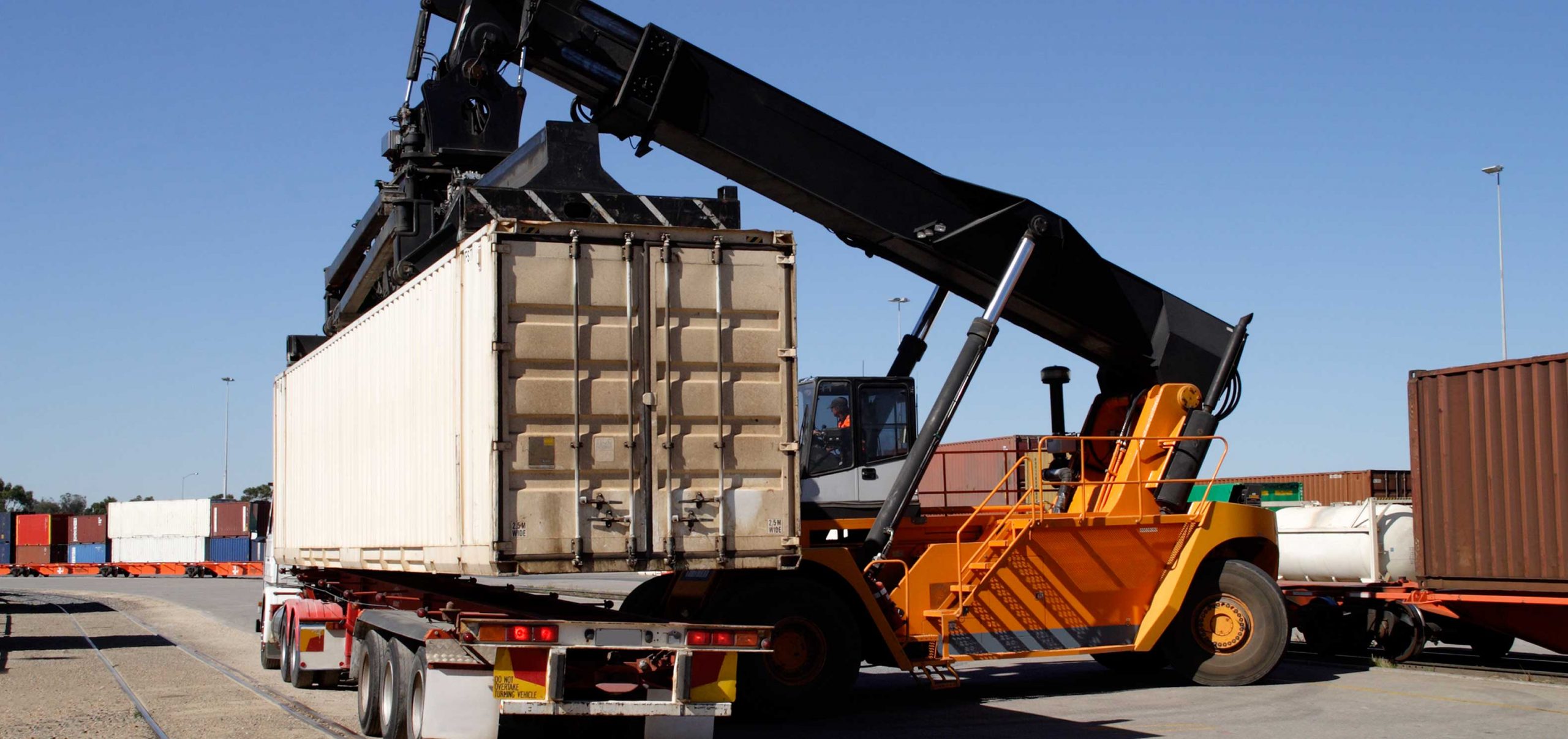
<!--[CDATA[
In the United States and Germany, self-driving trucks are now taken to public roads for the first time The Hoover dam is an American icon. A sign that the United States think big and can perform great deeds. And an ideal place for the first appearance of an approved self-driving truck on a freely accessible public road. In May 2015 the Freightliner Inspiration Truck, guided by the assistance system Highway Pilot, drove independently along the highway on the dam crest. A driver was still seated in the driver's cab, as during so-called semi-autonomous driving a person has to be able to intervene at any time. Five months later, on 2 October 2015, the very first self-driving journey took place in Germany. In this case, a Mercedes-Benz Actros also drove semi-autonomously along the A6 motorway near Stuttgart. And this time there was even a VIP passenger on board: the Premier of the Federal State of Baden-Württemberg, who underlined that he felt absolutely safe during the trip. This safety is based on a specific type of autopilot. The so-called Highway Pilot consists of a front radar and stereo camera as well as a number of well-known assistance systems such as adaptive cruise control. The interplay of these components has now been extensively tested around the world. The system has undergone testing of more than 20,000 kilometres on test tracks in the United States and Germany.
Not completely smoothly
These technical assistants have the advantage that they never become tired or inattentive, not even during long monotonous journeys. Furthermore, fuel consumption and thus CO2 emissions can also be decreased thanks to optimal acceleration, gear changes and braking. The efficient and smoother driving style also helps to avoid traffic congestion. In addition, the driver can then deal with other things, such as going through cargo documents, planning tours, or making phone calls. However, the broad implementation of semi-autonomous or even fully autonomous driving will still take several years of technical development. And a number of important issues, such as data protection and liability in case of accidents, also have to be clarified. The fact that semi-autonomous driving sometimes doesn't go completely smoothly is shown by the example of Google: On 14 February 2016 a vehicle by the internet group had a mild collision with a bus. Experts assume that the semi-autonomous car was responsible for the crash because its algorithm incorrectly assessed the driving manner of the bus. The accident is proof of how important test runs will be on the way to providing marketable autopilot vehicles. Fixed regulatory frameworks will therefore be absolutely necessary in order to make autonomous driving a success. In September 2015, the Federal Cabinet decided on a “strategy of automated and networked driving”, which covers a variety of issues, ranging from legislation and infrastructure to data protection. Transport Minister Alexander Dobrindt explained: “My aim is to make Germany a leading provider of automated and networked vehicles as well as a leading market.” An important milestone in this respect is also the establishment of the digital test field motorway on the A9 in Bavaria, as something of a test laboratory under real conditions.



